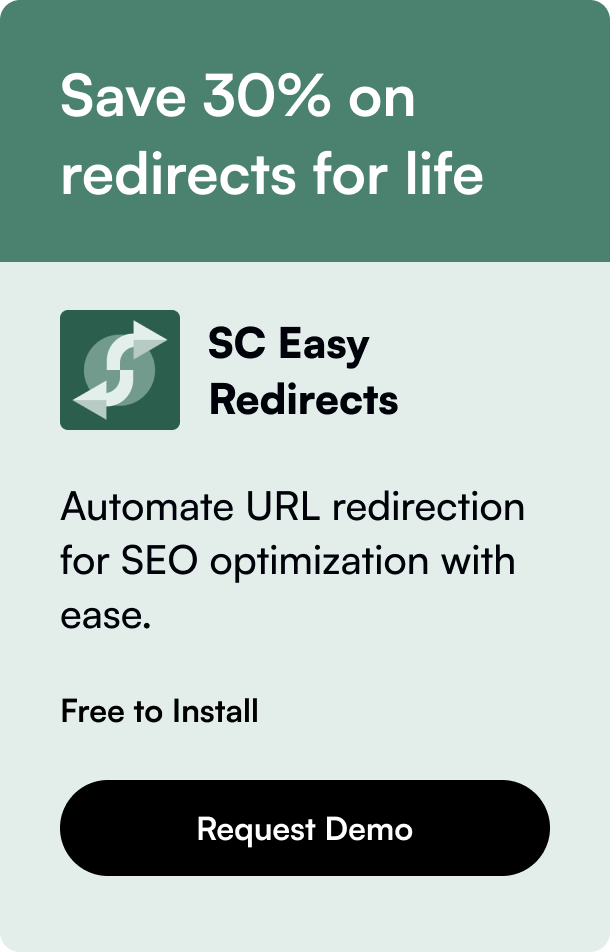Table of Contents
- Introduction
- Shopify and Wish – The Basics
- Features and Functionality
- Pricing and Cost Efficiency
- Marketplace and Audience
- Customer Experience
- Pros and Cons
- Shopify vs Wish: Exploring Different Perspectives
- Conclusion and Insightful Suggestions
- FAQ Section
Introduction
Have you ever wondered about the differences between Shopify and Wish? Whether you're an established online seller or just considering your options, understanding how these platforms stack up against one another can assist in your decision-making process. Today, we'll dive into a comprehensive comparison of Shopify and Wish, elucidating their unique features, benefits, and potential drawbacks. So, buckle up as we take a closer look at these two behemoths in the e-commerce world.
Shopify and Wish – The Basics
Shopify is an all-encompassing e-commerce platform allowing individuals and businesses to create their online storefronts. Founded in 2006, it has evolved to offer an easy-to-use interface, a plethora of customization options, and a robust support network.
On the other hand, Wish is primarily known as a shopping app that connects sellers directly with buyers. It focuses on budget-friendly items and highlights a strong mobile shopping experience. Launched in 2010, Wish has carved out its niche in e-commerce by creating a virtual bargain bin experience.
Features and Functionality
Shopify:
- Vast customization through themes and apps.
- Streamlined management for products, inventory, and orders with a centralized dashboard.
- Various integration options from payment gateways to marketing and SEO tools.
- Offers its "CedCommerce Wish Integration" app for multi-channel selling opportunities, syncing data between Shopify and Wish.
Wish:
- Mobile-first platform focused on customer experience through the app.
- Less customization, catering to sellers with competitively priced products.
- Utilizes a unique algorithm promoting products based on customer behavior and interactions.
Pricing and Cost Efficiency
Shopify:
- Offers tiered pricing models, starting from a basic plan to an advanced one. Expect monthly fees and transaction fees depending on the plan selected.
- Additional costs for certain apps and themes.
Wish:
- No upfront monthly fee, but sellers pay a percentage of revenue earned from sales.
- Known for competitive pricing which may lead to slim profit margins for sellers.
Marketplace and Audience
Shopify:
- Allows brands to build their identity and appeal to various market segments.
- Provides sellers with full control over branding and customer engagement.
Wish:
- Appeals to deal-seekers and budget-conscious consumers.
- Sellers have less control over branding, relying on Wish's algorithm for product visibility.
Customer Experience
Shopify:
- Delivers a more personalized shopping experience.
- Provides sellers with tools for customer retention such as loyalty programs and email marketing.
Wish:
- Focuses on a streamlined checkout process optimized for mobile use.
- Customer experience varies greatly and heavily relies on the seller's reputation within the platform.
Pros and Cons
Shopify Pros:
- Extensive customization options.
- Ability to personalize buyer's journey.
- Strong community and customer support.
Shopify Cons:
- Monthly fees can add up, especially with app subscriptions.
- Some technical knowledge required for setup and customization.
Wish Pros:
- Efficiency in reaching a large audience quickly.
- Lower starting costs for sellers.
Wish Cons:
- Limited control over branding and customer experience.
- Communal feedback system that can affect seller reputation.
Shopify vs Wish: Exploring Different Perspectives
When considering the perspectives of various user would-be users, such as a tech-savvy entrepreneur vs. a traditional retailer looking to expand online, their choices may differ. The tech-savvy individual may appreciate Shopify's flexibility and customization, while the traditional retailer might favor Wish for its simplicity and consumer reach.
Conclusion and Insightful Suggestions
Each platform serves different needs – Shopify focuses on building a brand-centred e-commerce store, while Wish caters to sellers aiming for volume through disposably-priced goods. Before making a decision, evaluate your business model, target market, and the amount of control you wish to maintain over your online presence.
FAQ Section
Q: Can I use both Shopify and Wish?
A: Yes, with suitable integration apps like CedCommerce Wish Integration, sellers can benefit from both platforms, taking advantage of Shopify's customizability and Wish’s expansive marketplace.
Q: Is Shopify or Wish better for a small startup?
A: It depends on the startup's focus. If building a brand is essential, Shopify might be the better choice. Conversely, Wish could be optimal for startups looking to quickly sell products at competitive prices.
Q: Which platform is more user-friendly for someone with limited technical knowledge?
A: While both platforms are designed to be user-friendly, Wish usually requires less technical expertise due to its focus on simplicity and its highly streamlined process.
Endeavoring to build an online presence is no small feat. Understanding the dynamics of Shopify vs Wish, and picking the one that aligns with your business goals will pave the way for success in the vibrant world of e-commerce.








